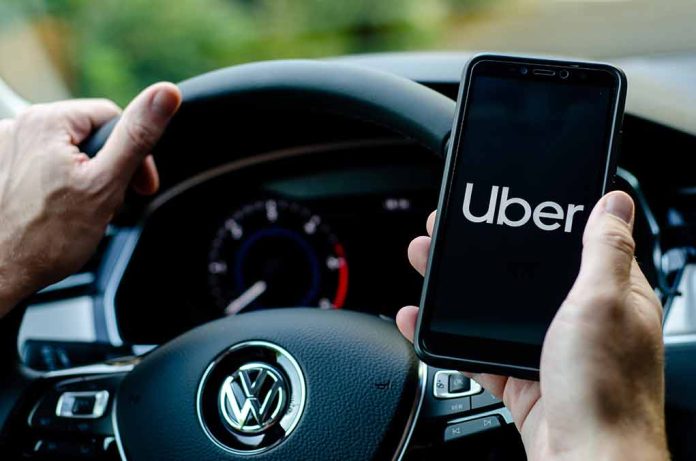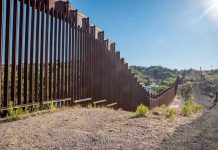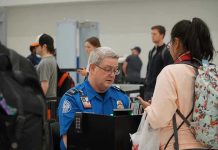
Uber and Volkswagen’s autonomous electric rideshare service will completely transform how Americans travel through Los Angeles by 2026, beating Tesla to market with self-driving minibuses despite Elon Musk’s lofty promises.
Key Takeaways
- Uber is partnering with Volkswagen to launch a fully autonomous, all-electric rideshare service in Los Angeles by 2026 using the retro-styled ID. Buzz AD vehicles that can seat up to seven passengers.
- The service will be the world’s first large-scale deployment of autonomous vehicles specifically designed for shared rides, with testing beginning in 2025.
- Volkswagen’s subsidiary MOIA has been testing autonomous ride pool services in Hamburg, Germany since 2021, providing valuable real-world experience for the U.S. launch.
- The partnership marks a strategic shift for Uber, which sold its autonomous vehicle division in 2020 but now collaborates with industry partners like Volkswagen, Waymo, and Volvo.
- The Trump administration is easing regulations for autonomous driving technology, creating a favorable environment for this transportation revolution.
America’s First Autonomous Rideshare Fleet
Uber and Volkswagen are joining forces to launch America’s first large-scale autonomous electric rideshare service in Los Angeles by 2026. The ambitious project will utilize Volkswagen’s all-electric ID. Buzz AD vehicles, a modern reimagining of the classic Microbus that can accommodate up to seven passengers. This groundbreaking service will mark the first time autonomous vehicles have been specifically deployed for shared rides on a mass scale, potentially revolutionizing urban transportation in major American cities. Testing of the autonomous ID.Buzz service is scheduled to begin in 2025, with plans to expand the service across the United States following the initial Los Angeles launch.
“We’ve said it before: the future of transportation is electric, shared, and autonomous. Our next product combines all three! Autonomous technology will drive a safer and more affordable future for everyone, and we can’t wait to expand access to it around the world.” stated Uber.
The autonomous technology powering the ID.Buzz fleet represents cutting-edge innovation. Developed jointly by Volkswagen subsidiary MOIA and MobilEye, the self-driving system utilizes more than a dozen sensors including cameras, imaging radar, and LiDAR technology. The system also leverages crowdsourced mapping data collected from millions of MobilEye-equipped vehicles to gather critical information about roads and typical driver behavior, creating a comprehensive understanding of the complex urban environments these vehicles will navigate.
Thousands of VW's ID Buzz electric vans will lay the foundation for Uber's new commercial autonomous driving taxi service when it launches in LA in late 2026.https://t.co/HywySR7She
— Jalopnik (@Jalopnik) April 24, 2025
Strategic Partnerships and Market Leadership
After selling its autonomous vehicle research division to Aurora in 2020, Uber has strategically pivoted to form partnerships with industry leaders rather than developing the technology in-house. The Volkswagen collaboration is part of a broader strategy that includes partnerships with other autonomous vehicle pioneers like Waymo, with whom Uber has already begun offering autonomous rides in Austin, Texas, with plans to expand to Atlanta. This collaborative approach allows Uber to leverage specialized expertise while focusing on its core ride-hailing platform and customer experience.
“Volkswagen is not just a car manufacturer—we are shaping the future of mobility, and our collaboration with Uber accelerates that vision,” said Christian Senger.
Uber’s Chief Product Officer, Sachin Kansal, has articulated the company’s vision that the future of mobility will be shared, electric and autonomous. This partnership with Volkswagen represents the convergence of all three elements of that vision. The company has reported significant growth in autonomous vehicle trips, reaching an annual run-rate of 1.5 million. This partnership could finally make shared rides profitable for Uber, which previously struggled with the economics of its Uber Pool and Uber Share services when using human drivers.
🚗 Uber Doubles Down on Affordability With Route Share & Pass Expansion
— 💸 Uber launches Route Share — fixed-route shared rides at 50% the cost of UberX
— 🕒 Pickups every 20 mins during weekday rush hour in NYC, SF, Chicago
— 🧾 Company eyes employer partnerships for pre-tax…— AFV GLOBAL (@afvglobal) May 14, 2025
The Volkswagen Advantage and Trump’s Regulatory Support
Volkswagen brings substantial manufacturing expertise to the partnership, with its subsidiary MOIA having tested autonomous ride pool services in Hamburg, Germany since 2021. This practical experience gives the German automaker a significant advantage in understanding the real-world challenges of deploying autonomous rideshare services. The ID.Buzz itself – a modern, all-electric version of the iconic Microbus – provides a distinctive and recognizable vehicle platform that can comfortably accommodate multiple passengers, making it ideal for shared ride services.
“Through our work with Uber, we’ll introduce the ID. Buzz, the reimagined version of the iconic Microbus in all-electric form, to a growing number of riders in the years to come,” said Kjell Gruner.
The partnership is launching during a favorable regulatory environment under the Trump administration, which is easing restrictions on autonomous driving technology. While safety concerns remain a consideration, the regulatory landscape is increasingly supportive of autonomous vehicle deployment. This positions Uber and Volkswagen to pioneer the future of mobility with a service that beats even Tesla to market with an autonomous minibus solution, despite Tesla having showcased a larger ‘robovan’ prototype. The initiative represents a pivotal moment in American transportation as the industry pivots toward autonomous, shared, and sustainable systems designed to enhance convenience and efficiency for consumers nationwide.













